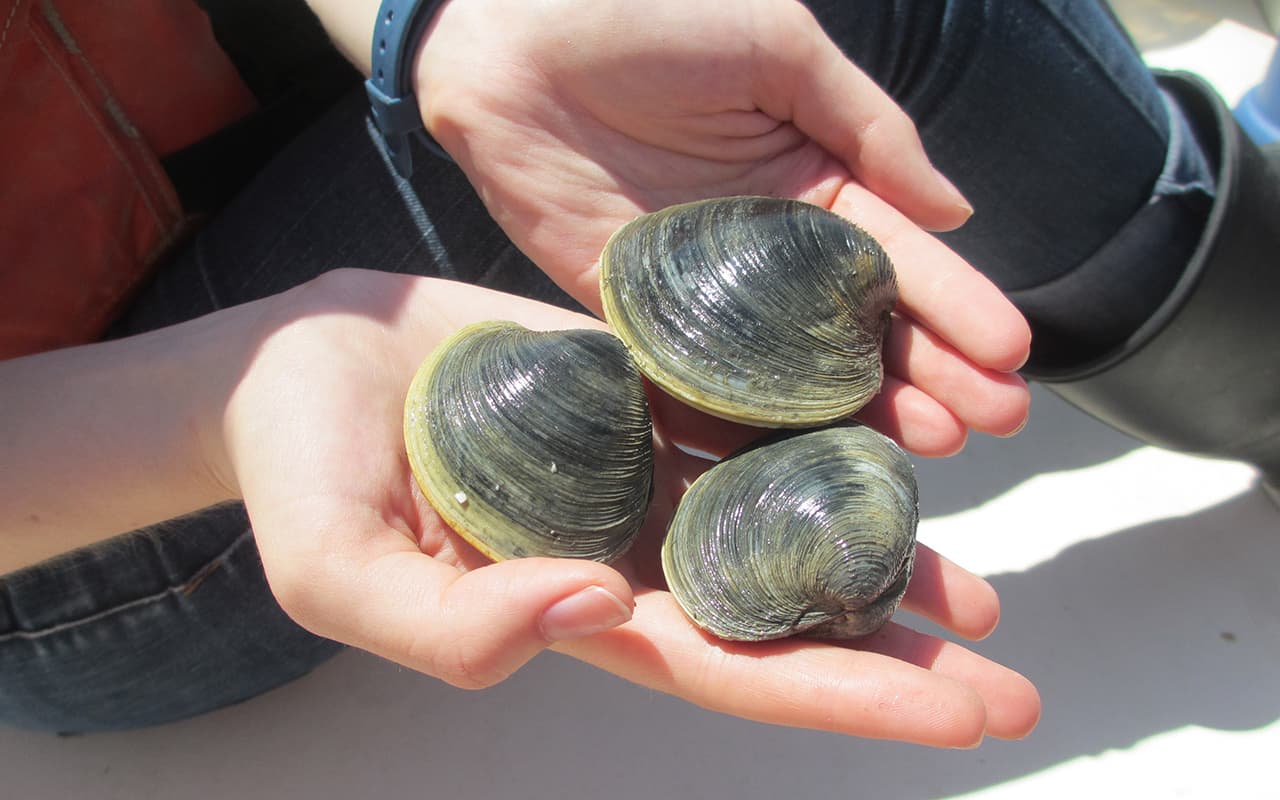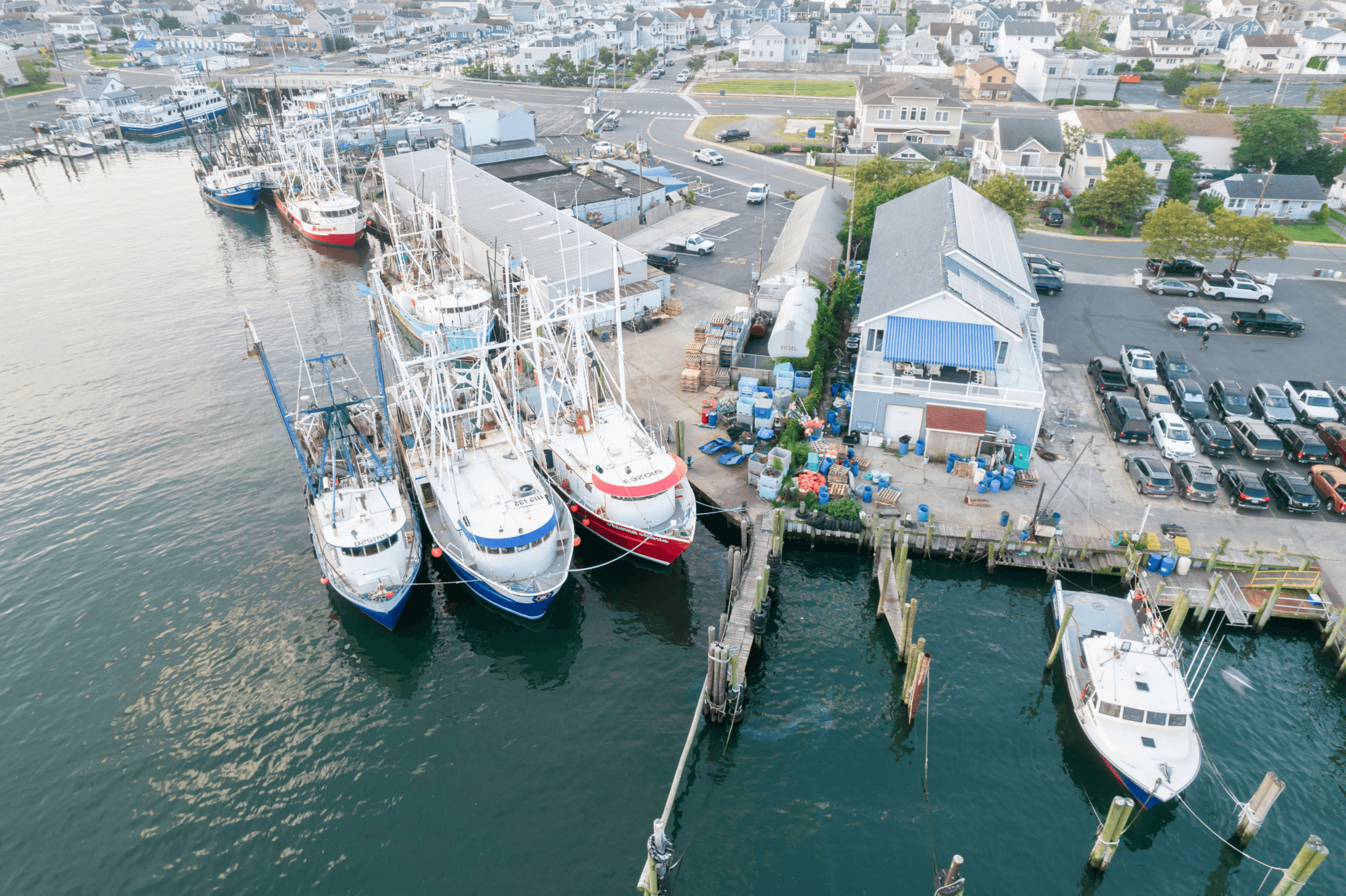Mollusks
Mollusks are a varied group of soft-bodied animals, many of which have hard shells. They are essential to both marine ecosystems and human economies.
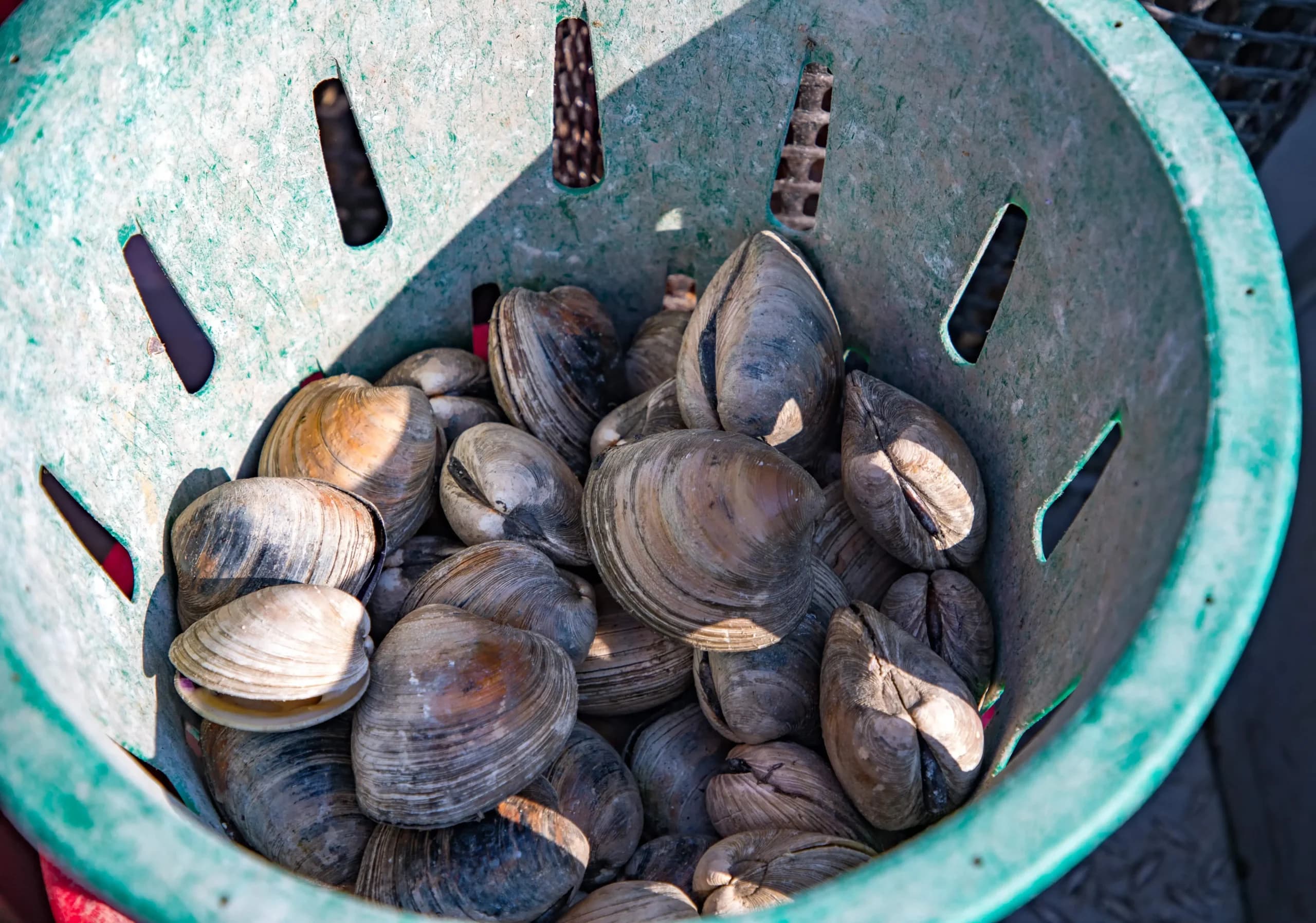
Mollusks are invertebrates, and their body forms vary widely from clams and scallops, to snails and slugs, to octopus and squid. Not only are mollusks a highly diverse group of animals, they are also the basis of a number of major world fisheries and a large component of global marine aquaculture.
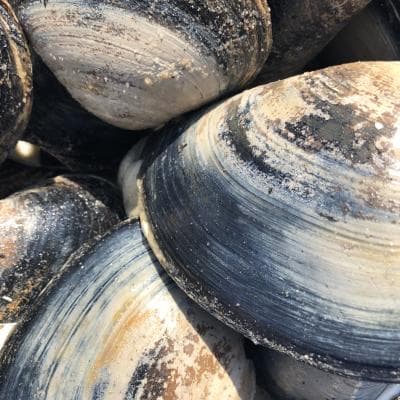
In the Mid-Atlantic, bivalve and cephalopod mollusks – clams, oysters, scallops, and squid – are among the largest and most valuable commercial fisheries. Bivalve clams and oysters are also the foundation of the majority of marine aquaculture produced in the Mid-Atlantic region.
Many mollusks have shells made of calcium carbonate, a material that can be vulnerable to low pH or acidified conditions. In a recent review of species sensitivity to changing climate, the shellfisheries of the Mid-Atlantic were identified as being at particularly high risk of negative impacts due to both acidification and sea water temperature increases.

The larval stages of bivalves are especially sensitive to changes in pH and alkalinity, because their shells are thin, newly developing, and made of a highly soluble form of calcium carbonate called aragonite, which could dissolve easily at lower pH.
Low pH and undersaturation of calcium carbonate can easily dissolve thin aragonite shells and have been shown in laboratory experiments to lead to reduced survival and growth for bivalve larvae. In the Pacific and Northeast, calcium carbonate undersaturation has negatively impacted shellfish hatchery production, leading to regional and national economic impacts.
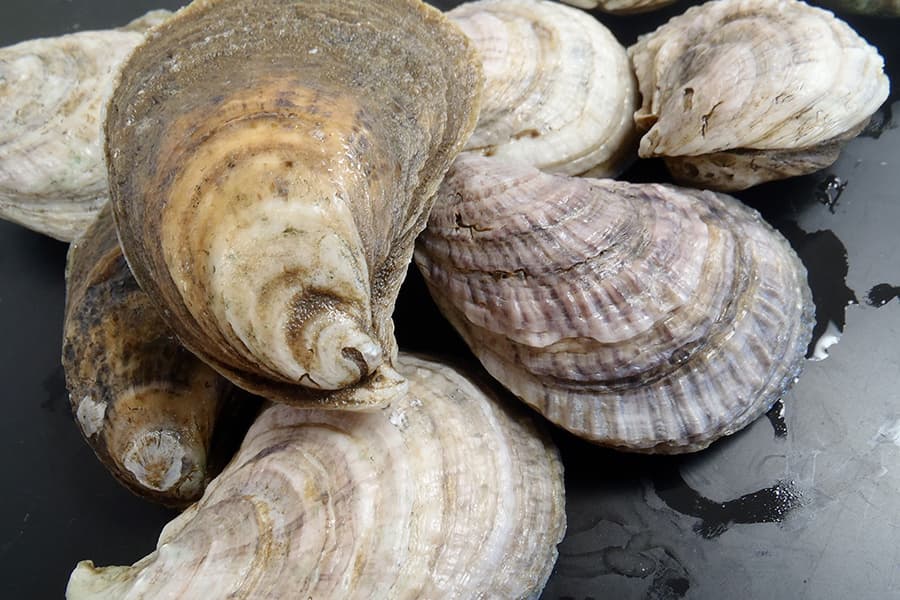
Research suggests that later life stages of bivalves, like juvenile clams and oysters, may still be susceptible to OA. The sensitivity of bivalves to OA is highly variable among species and life stages. Further research is required to understand how OA interacts with impacts from other environmental conditions like increasing temperature and decreasing salinity, which are expected to occur due to climate change.
Nonetheless, the sensitivity of larval and young juvenile bivalves has important consequences in terms of population size and reproducibility of these economically and ecologically important species.
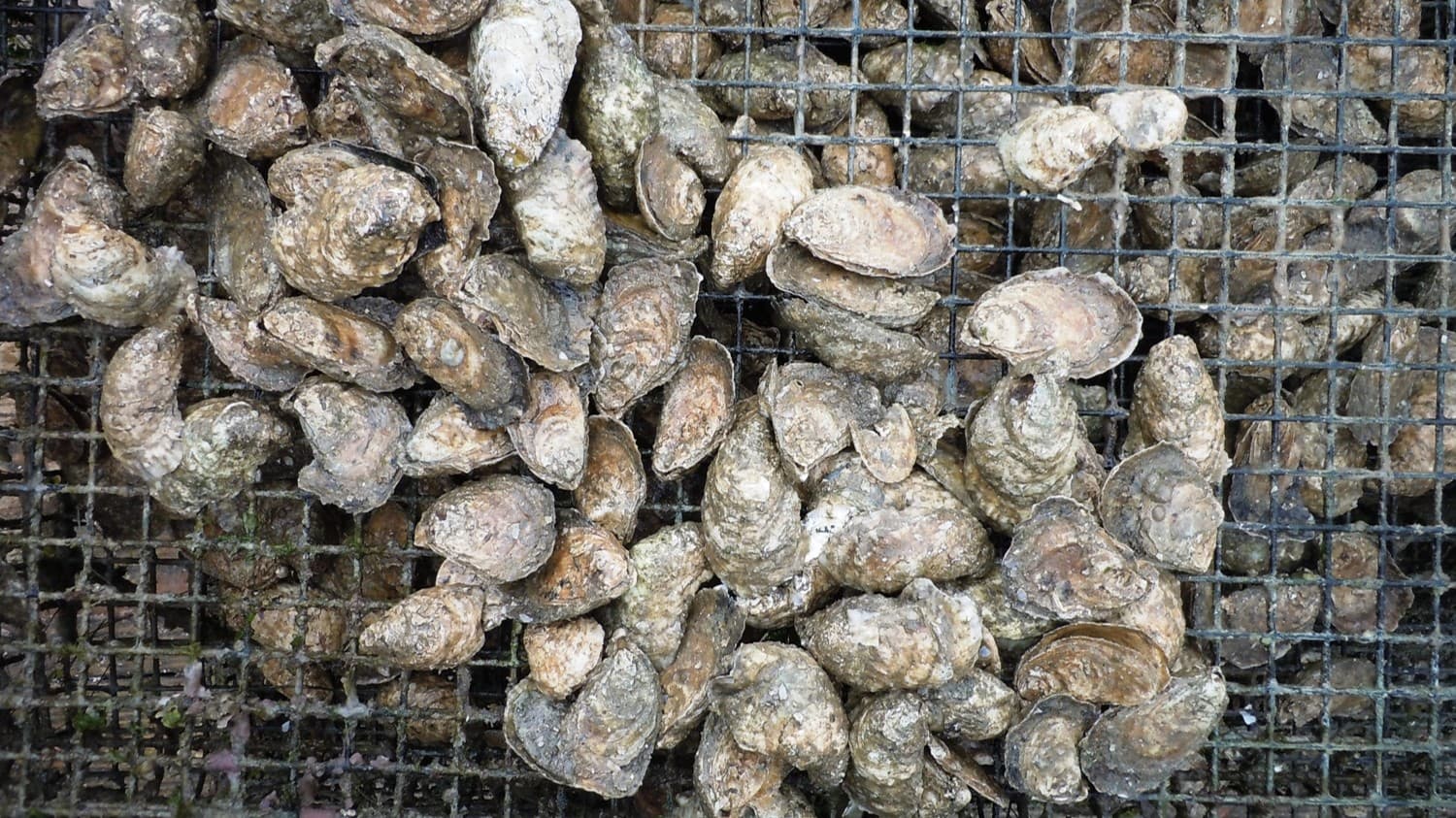
Bivalve shellfish are filter-feeders (remove particles and compounds from water) and important coastal ecosystem builders (create habitat for other species), and are often the focus of restoration and ecosystem resilience planning. To effectively implement coastal resilience or restoration priorities that include shellfish, it is imperative to better understand the ways that future acidified conditions will interact with these species throughout their life cycle.
